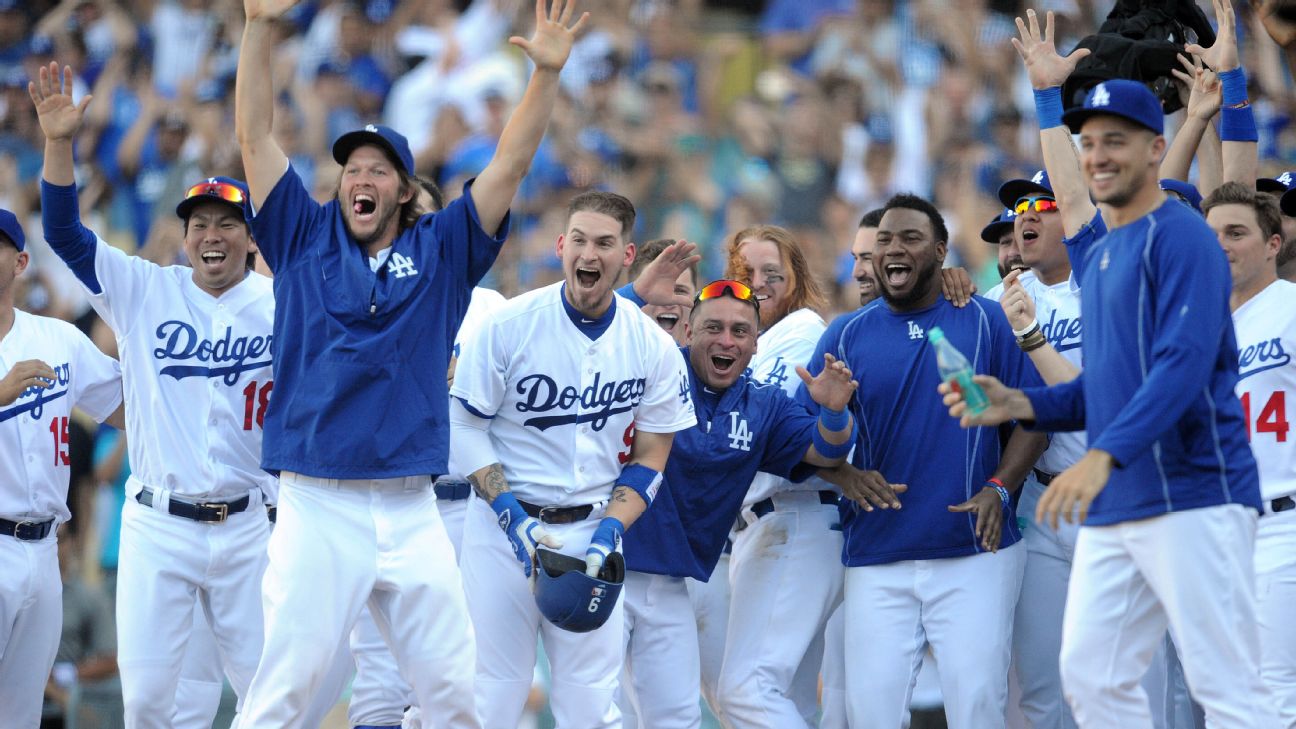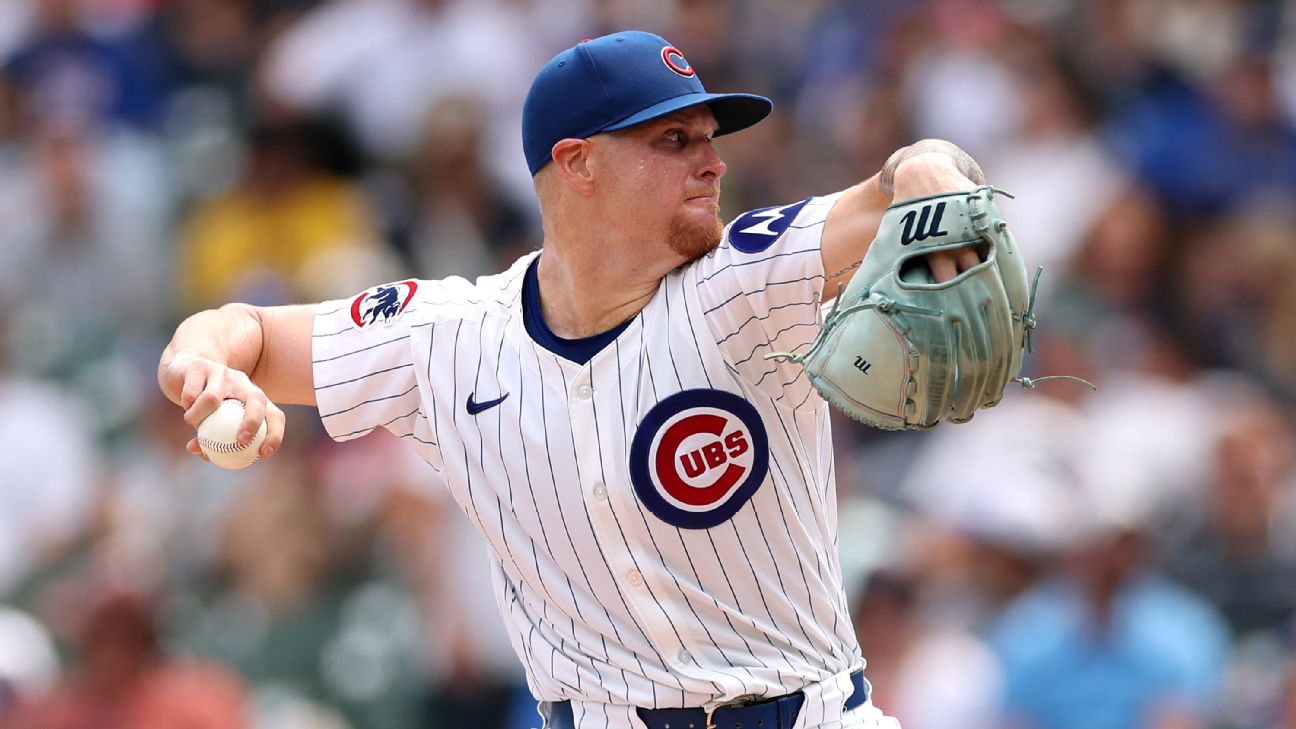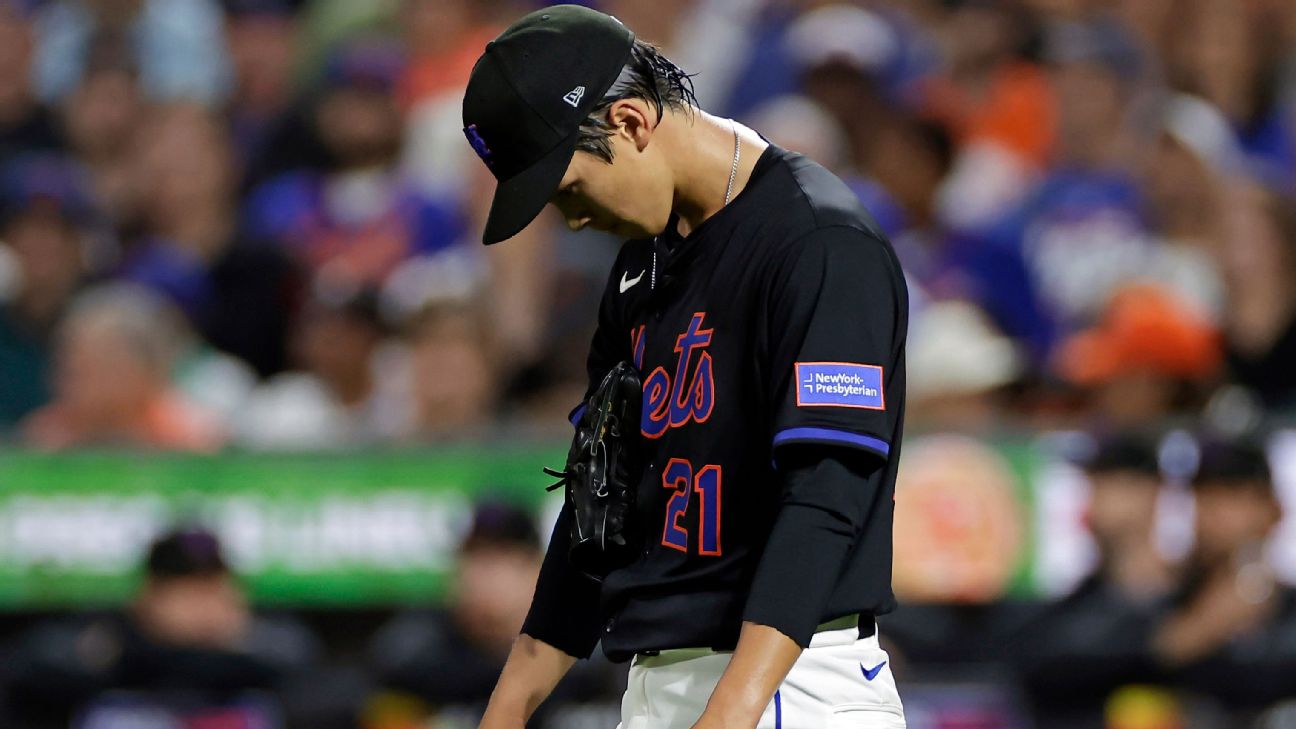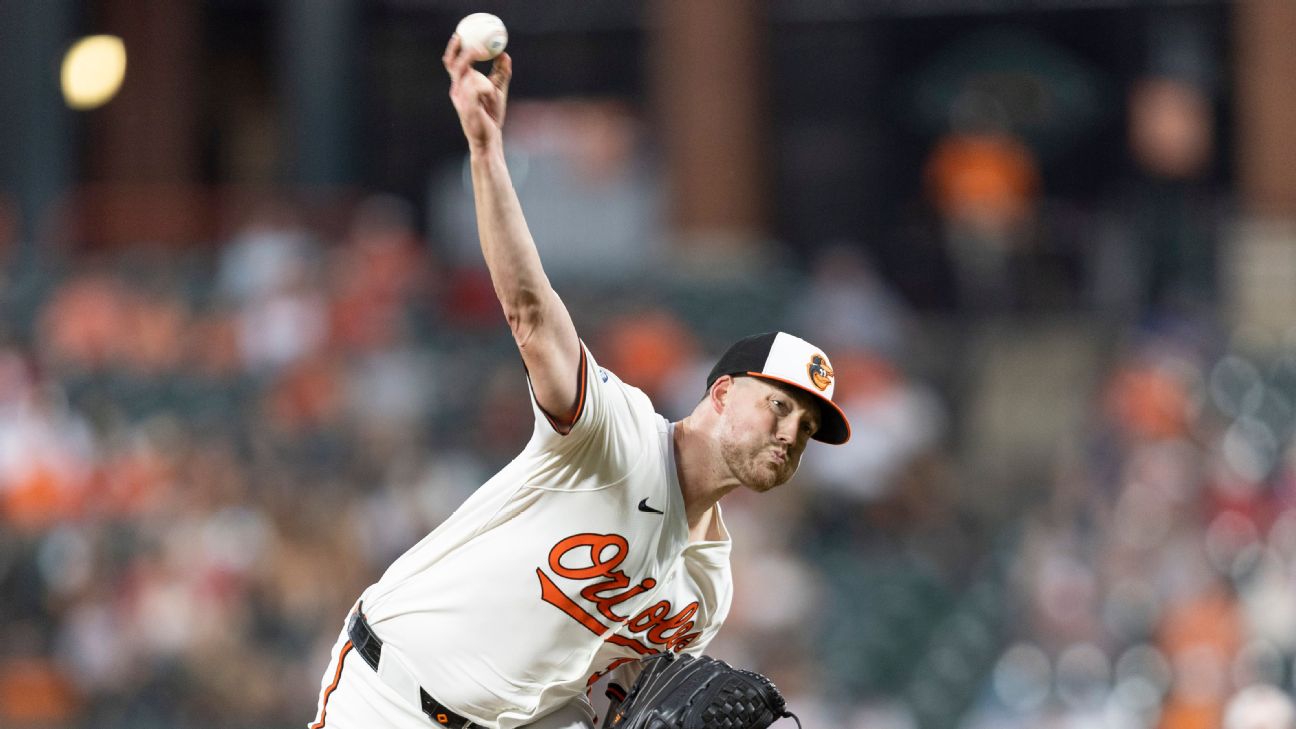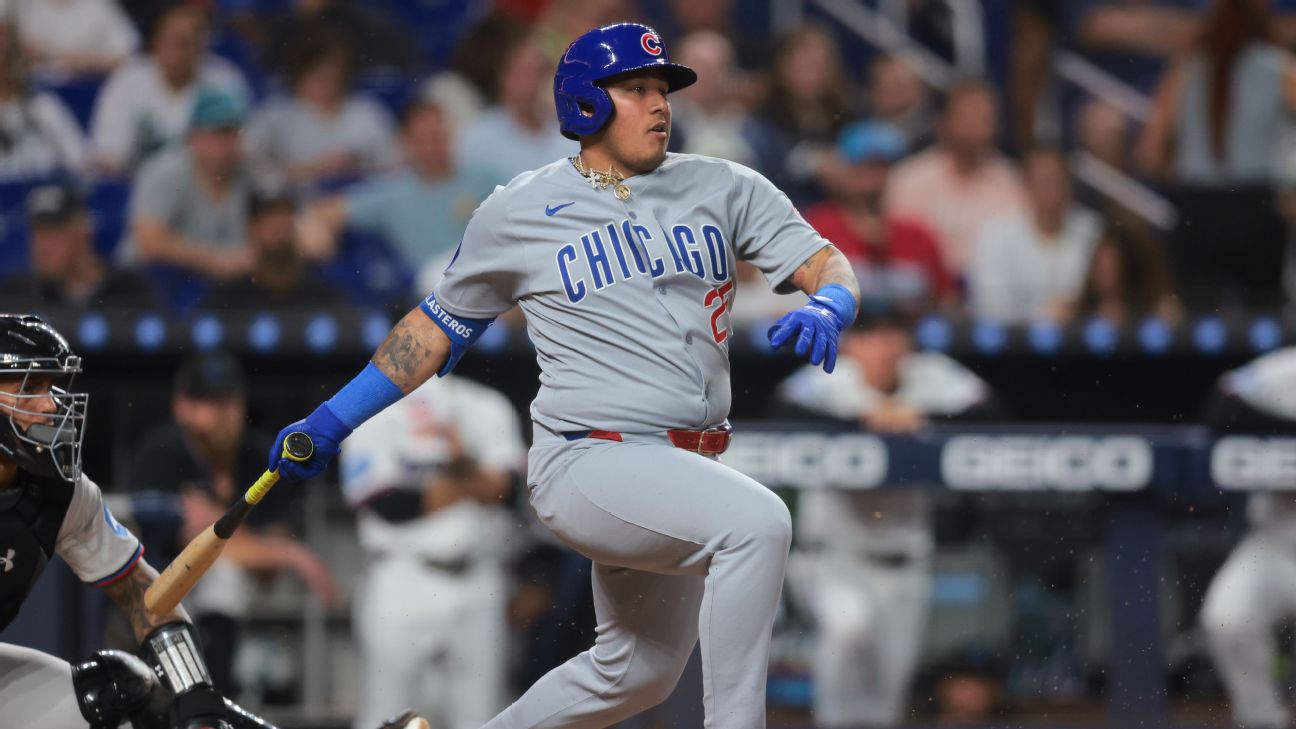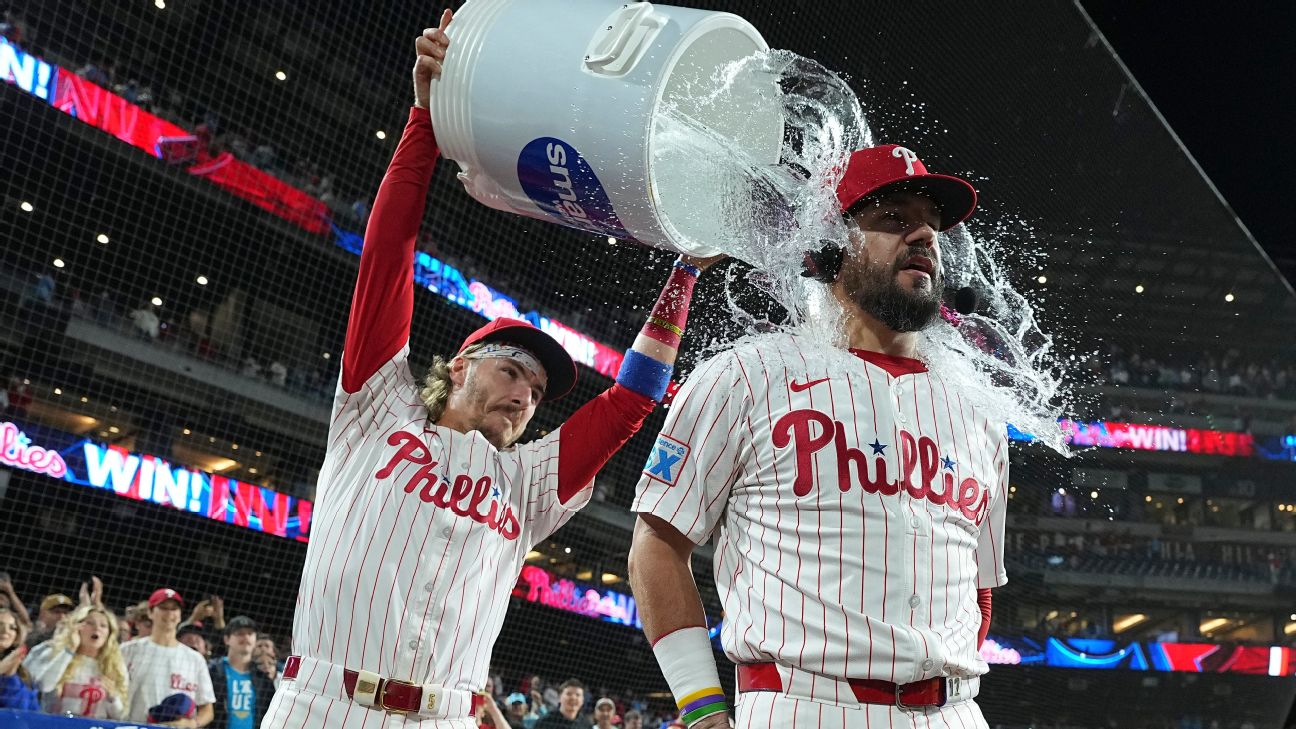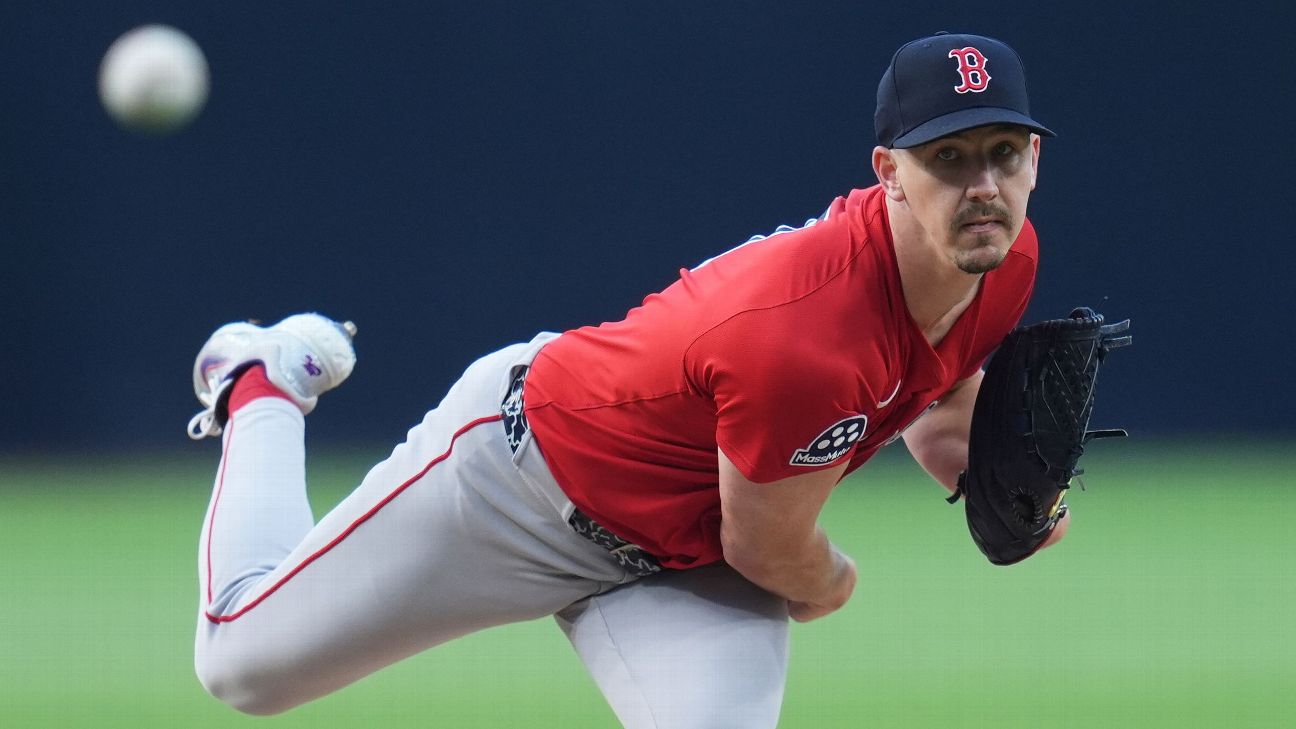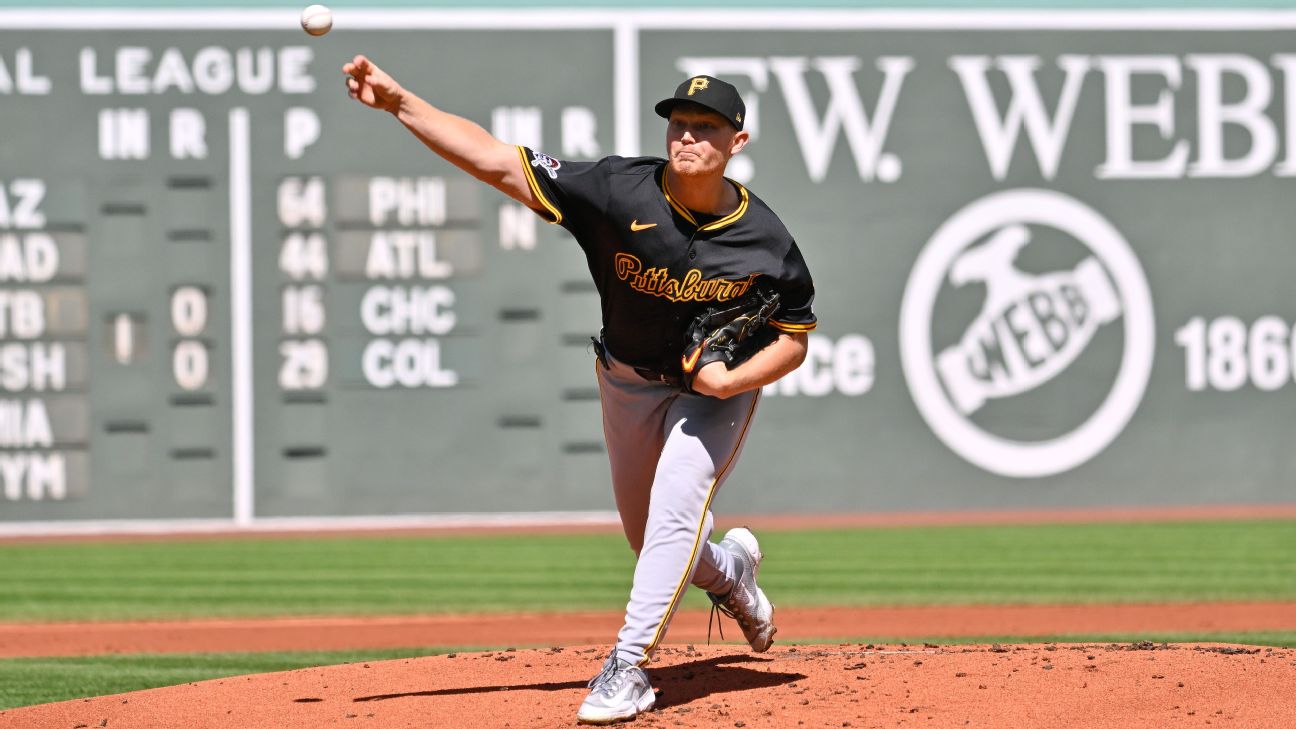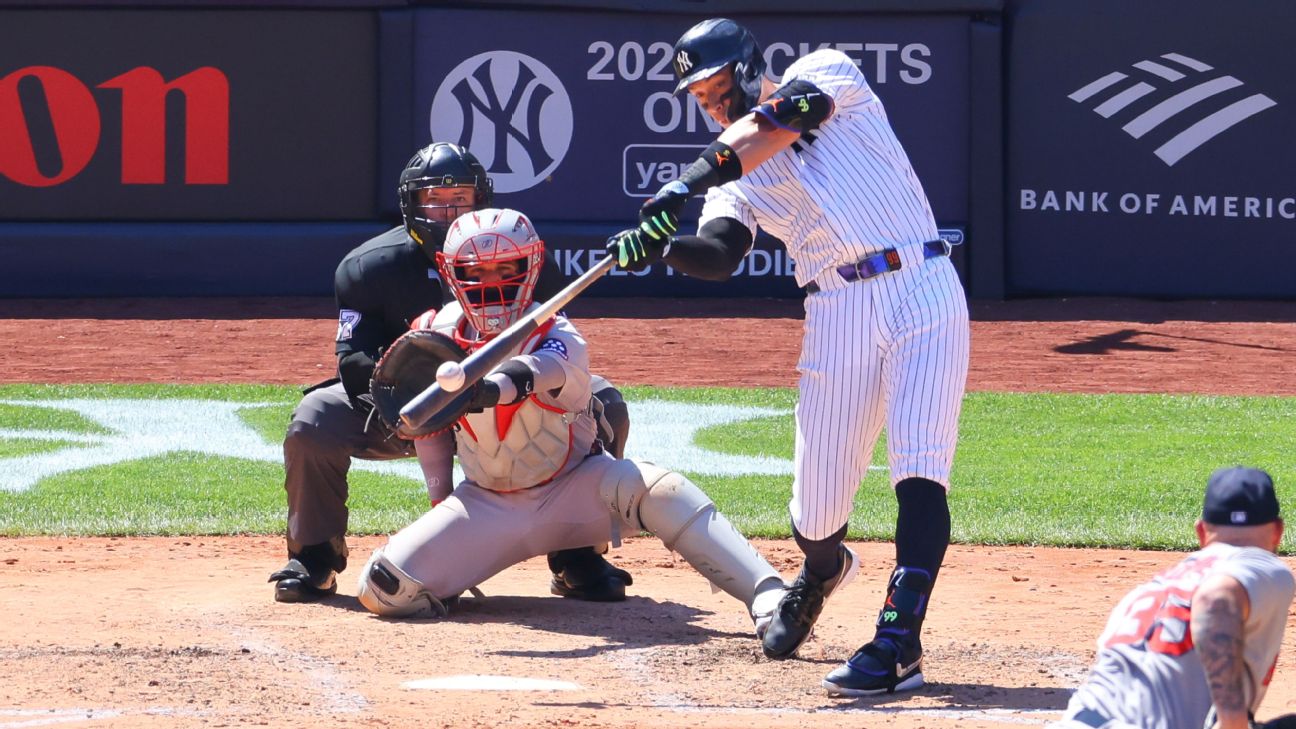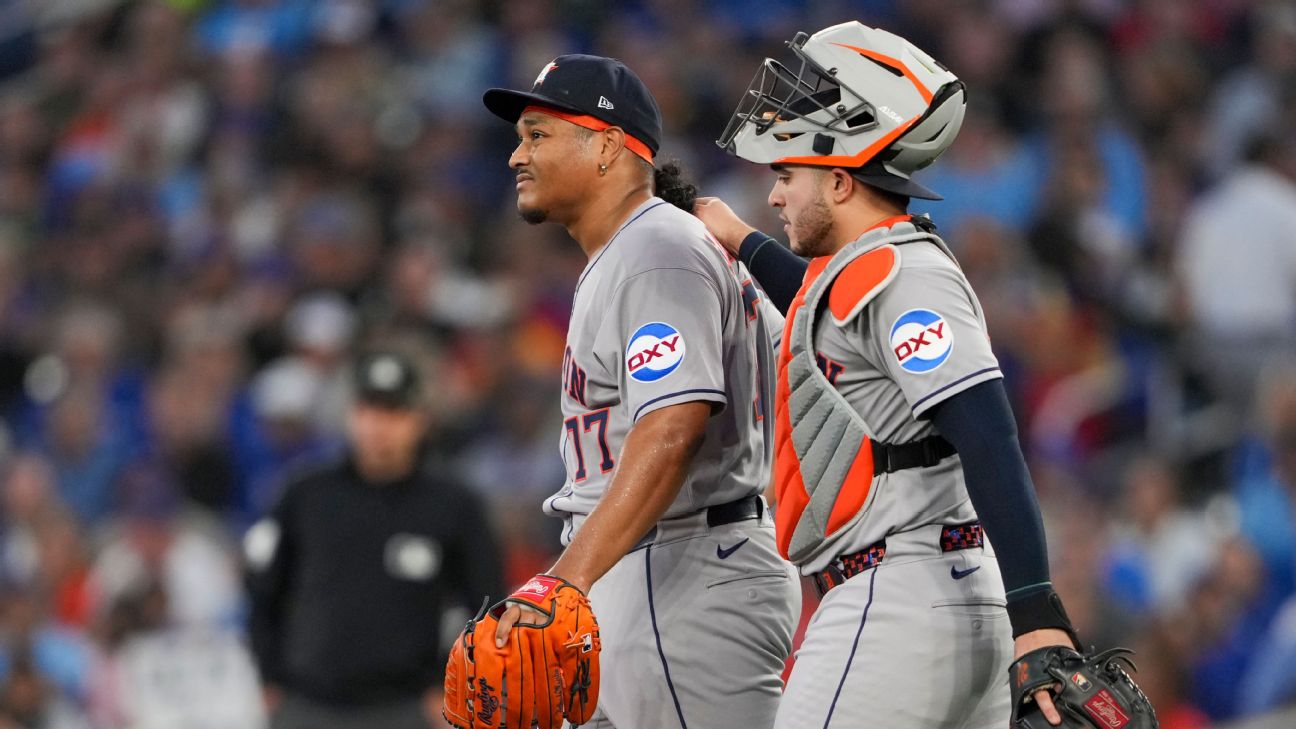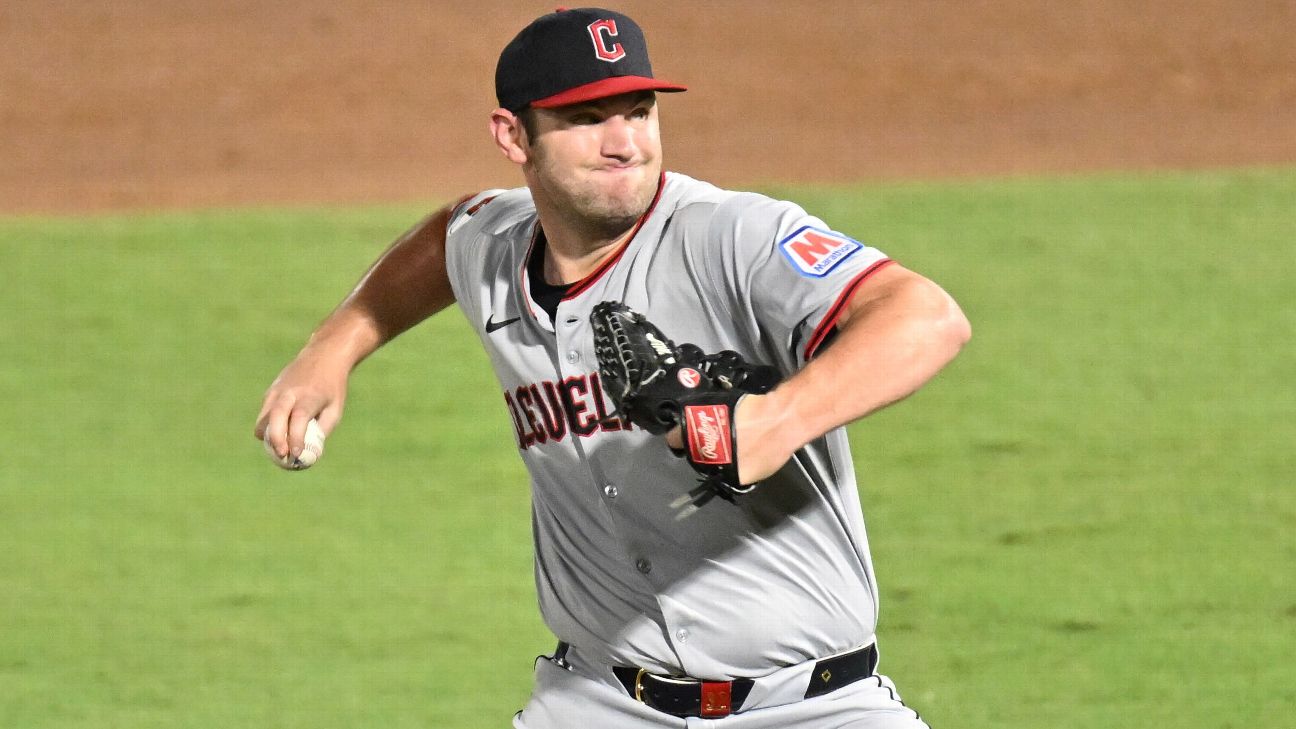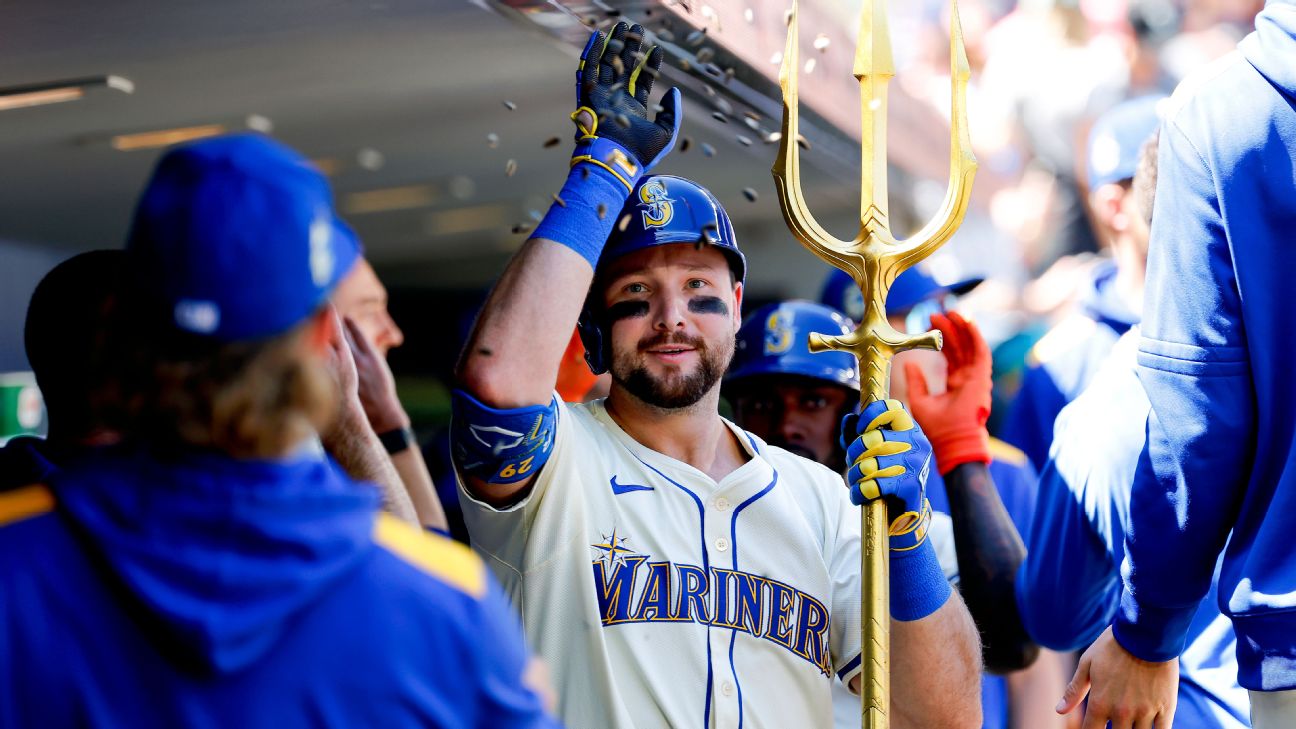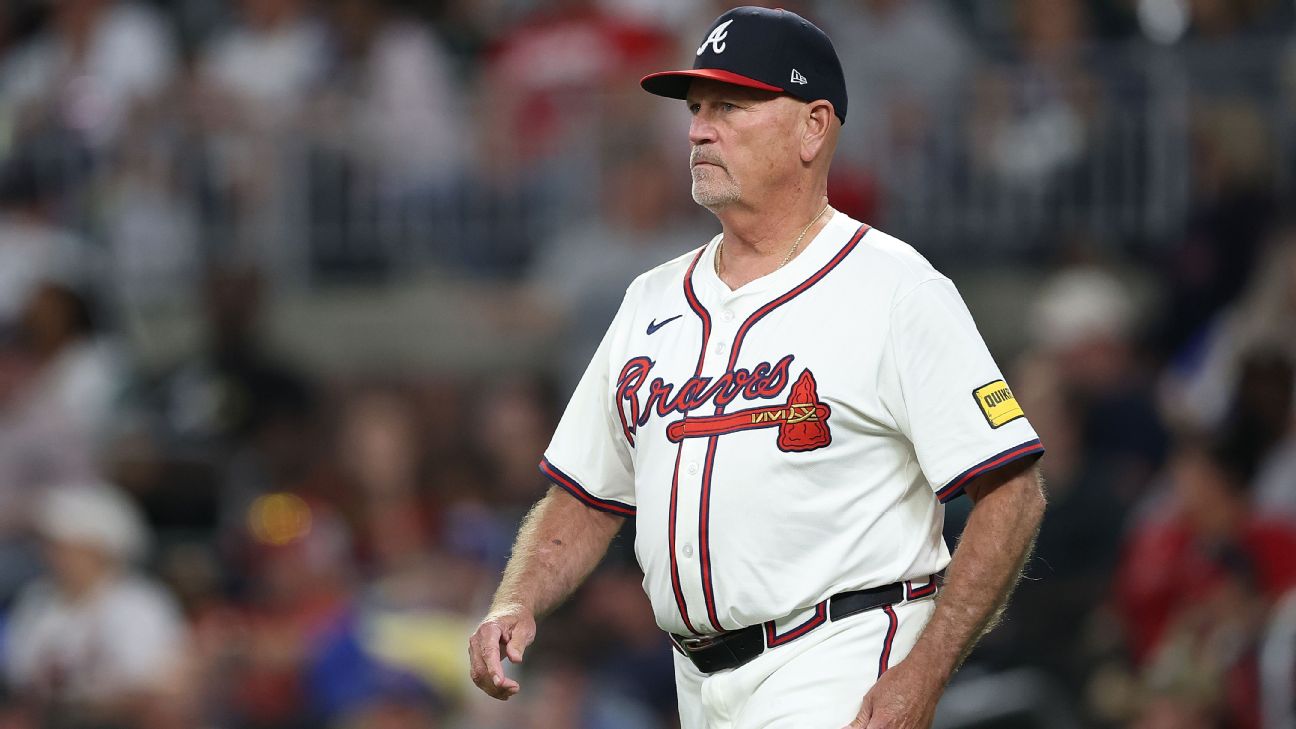The Crisis in MLB Pitching: Are Star Pitchers Disappearing Faster Than Ever?
An in-depth analysis of the increasing rate of injuries among MLB star pitchers and what it means for the future of baseball.
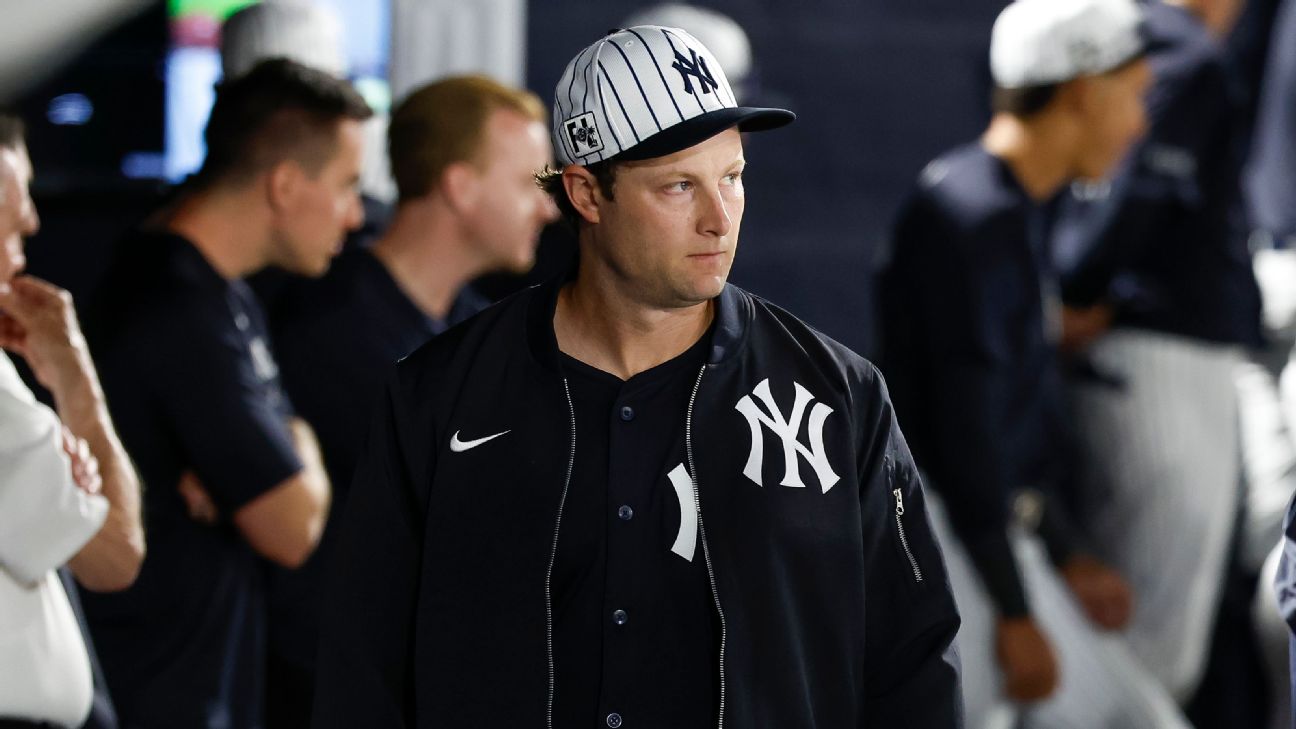
The Growing Concern Over MLB Pitcher Injuries
This spring has brought a familiar and troubling sight: pitchers succumbing to injuries at an alarming rate. Just this week, it was announced that New York Yankees ace Gerrit Cole will undergo Tommy John surgery, sidelining him for the entire season. Similarly, the Seattle Mariners' George Kirby and the Baltimore Orioles' Grayson Rodriguez, both promising Cy Young contenders, will miss the start of the season due to injuries. Luis Gil, Cole's teammate and the 2024 American League Rookie of the Year, is also out for three months with a lat strain.
This follows a devastating 2024 season for starting pitchers across the majors. Spencer Strider and Shane Bieber both went down after just two starts. Cole and Blake Snell, the 2023 Cy Young winners, missed significant time in the first half and combined for only 37 starts. Sandy Alcantara, Shane McClanahan, Shohei Ohtani, Julio Urias, and Brandon Woodruff didn't pitch at all. Kodai Senga made one start; Jacob deGrom made three. The venerable trio of Clayton Kershaw, Max Scherzer, and Justin Verlander managed just 33 total starts.
The MLB's Investigation into Pitching Injuries
In December, MLB published a 62-page report based on a yearlong study of pitching injuries, not only in the majors but also at the collegiate and youth levels. The report investigated the increase in injuries and identified contributing factors, including increased velocity, more offseason training, and pitchers chasing better "stuff."
"This recent spate of injuries to high-profile pitchers has brought renewed attention to pitcher health," the report stated. "But these events are unfortunately just a continuation of a long-term trend. In fact, injuries sustained by pitchers in professional and amateur baseball have increased substantially over the past several decades."
Indeed, the report identified 104 major and minor league pitchers who underwent UCL surgeries in 2010; in 2024, the total had soared to 281 (including 41 major leaguers).
Are We Losing Star Pitchers at a Higher Rate Than Ever?
To investigate whether we are losing star pitchers at a higher rate than ever, we isolated the top 20 starting pitchers from each season since 1971 and tracked their production in WAR and innings pitched in the five seasons following the initial base year of study. We also kept track of how often the members of each group remained top-20 starters over the next five seasons.
This led to a spreadsheet full of data—and, yes, an answer to both our questions. Let's dig into 10 takeaways from this research, from the most interesting discoveries to additional questions that arose from the data.
Key Takeaways from the Research
-
The 2024 season was out of the norm in terms of pitcher injuries.
- We've never seen anything like it, at least going back to the start of our study in 1971. Of the best 20 starters from 2023, only three repeated as a top-20 starter in 2024: Zack Wheeler, Logan Webb, and Corbin Burnes.
-
Today's best starters aren't as valuable as past top starting pitchers.
- Whether we're looking at 50 years ago or 10 years ago, this holds true. It isn't surprising since WAR rewards both run prevention and volume—and starting pitchers are throwing so many fewer innings than they once did.
-
Why did pitching totals look so different in the 1970s compared to today?
- A few things were going on in those early years: The overall levels of offense, especially in the American League, were low; there was much less power up and down lineups; and pitchers in general didn't throw as hard.
-
Pitcher attrition was constant until recently, when value dropped substantially.
- To study this, we considered the base year and how many innings and WAR that group produced five years later. The historical averages from 1971 through 2019 for five years down the road are 54.9% of the original innings and 32.1% of WAR.
-
Modern pitchers are more effective on a per-inning basis than ever before.
- While the best starters in the early 1970s threw a ton of innings and created more value overall compared to contemporary pitchers, the best starters are now more effective on a per-inning basis.
-
What was the single worst season in the study?
- The past two seasons top the list for lowest combined WAR. The bottom five: 2023, 2024, 1984, 1983, and 1979.
-
What was the single best season?
- In terms of both total WAR and most wins, the answer is 1972: The top 20 starters combined for 131.4 WAR (6.6 per pitcher) and 373 wins (18.7 per pitcher).
-
What was the best season in terms of long-term value?
- There are different ways to examine this question, but we focused on the immediate five seasons following the base year of study. We tracked how often each pitcher remained a top-20 starter in each of the following five seasons.
-
Star quotient scores in recent years are at an all-time low.
- If we look at star quotient scores through the years, we can see that great pitching has come in waves. The 2019 list produced a star quotient of just 16; only two pitchers who ranked in the top 20 that season remained a top-20 pitcher in 2022—Verlander and Scherzer.
-
The lowest star quotient season of 1979 deserves special mention—and might provide a lesson for modern pitchers.
- The game had changed in just seven years from that 1972 season. Modern bullpens began to evolve. Offense was increasing. While knuckleballer Niekro threw 342 innings, he was the only 300-inning pitcher that year.
What Does It All Mean as We Head into 2025?
In recent years, fans and analysts complaining that pitchers don't throw complete games like the heroes of their youth did have become as de rigueur as peanuts and hot dogs at a ballgame. What the numbers arguably bear out, however, is the problem isn't a lack of innings, but a lack of stars.
The injury crisis means fewer pitching stars than we've had in the past 50 years. From Tom Seaver and Nolan Ryan to Greg Maddux and Pedro Martinez to Clayton Kershaw and Max Scherzer, star pitchers have carried the headlines and driven interest in the game for most of its existence. Scherzer, by the way, was a top-20 pitcher every season from 2012 to 2022—11 seasons, the longest consecutive stretch in the study.
Right now, we need the next Max Scherzer. Maybe it will be Paul Skenes. Maybe it will be AL Cy Young winner Tarik Skubal. Maybe it will be one of an exciting young group of pitchers to perhaps herald in a new generation: Garrett Crochet, Hunter Greene, Cole Ragans, Bryce Miller, Bryan Woo, Hunter Brown, Roki Sasaki, Yoshinobu Yamamoto, Cristopher Sanchez, Jared Jones, and Spencer Schwellenbach, with Strider and McClanahan returning from their injuries. Hopefully, it's not just one but many of them, as they're all capable of turning into top-20 pitchers for the foreseeable future.
No, they won't throw 300 innings in a season like pitchers did in 1972. The injury crisis is certainly real—but so is the talent we see in today's pitchers. With a little luck, we could even enter another golden era of pitching stars, just like the early 1970s, the 1990s, and the early 2010s. It's time for a new cycle to begin.












